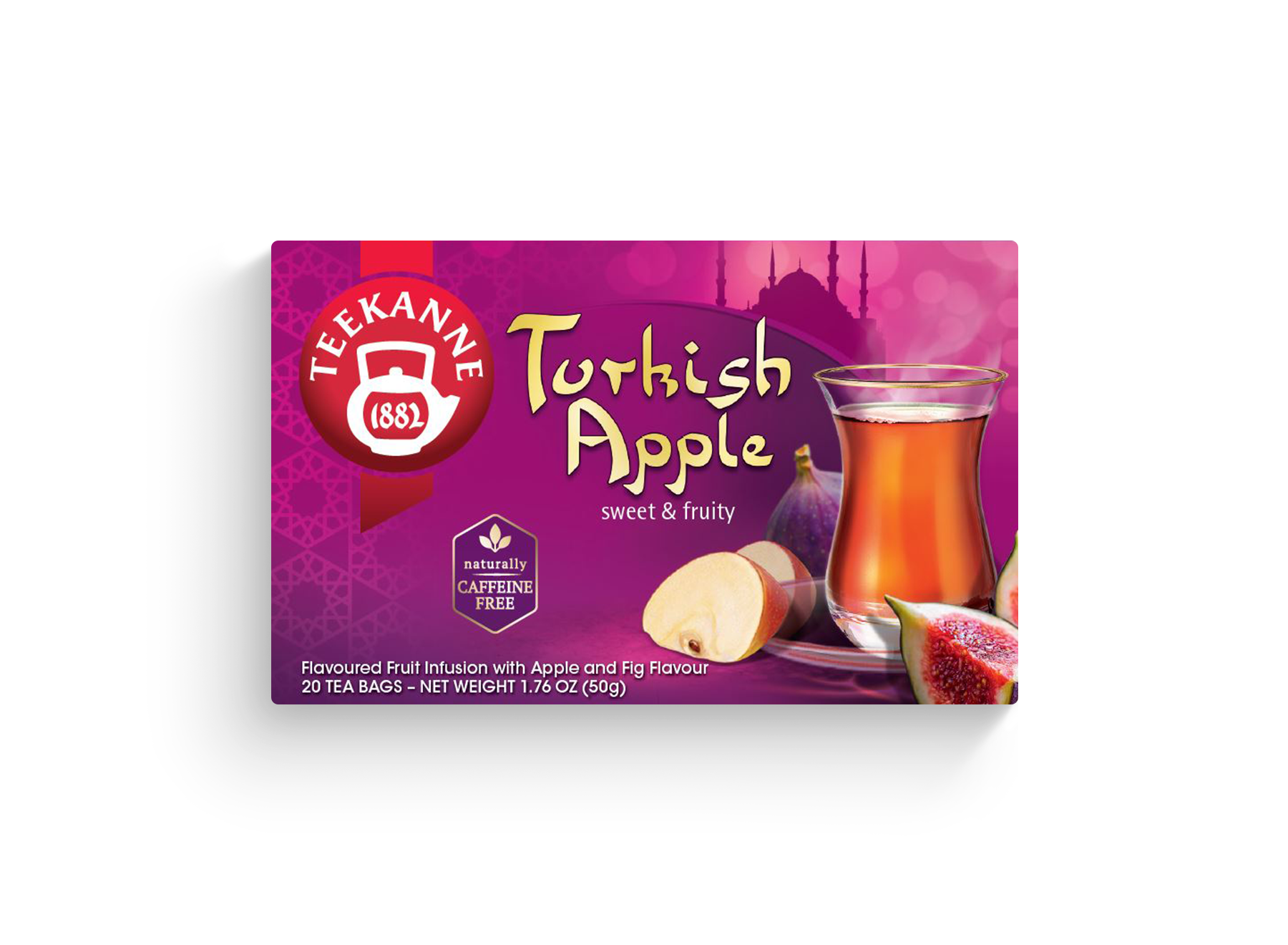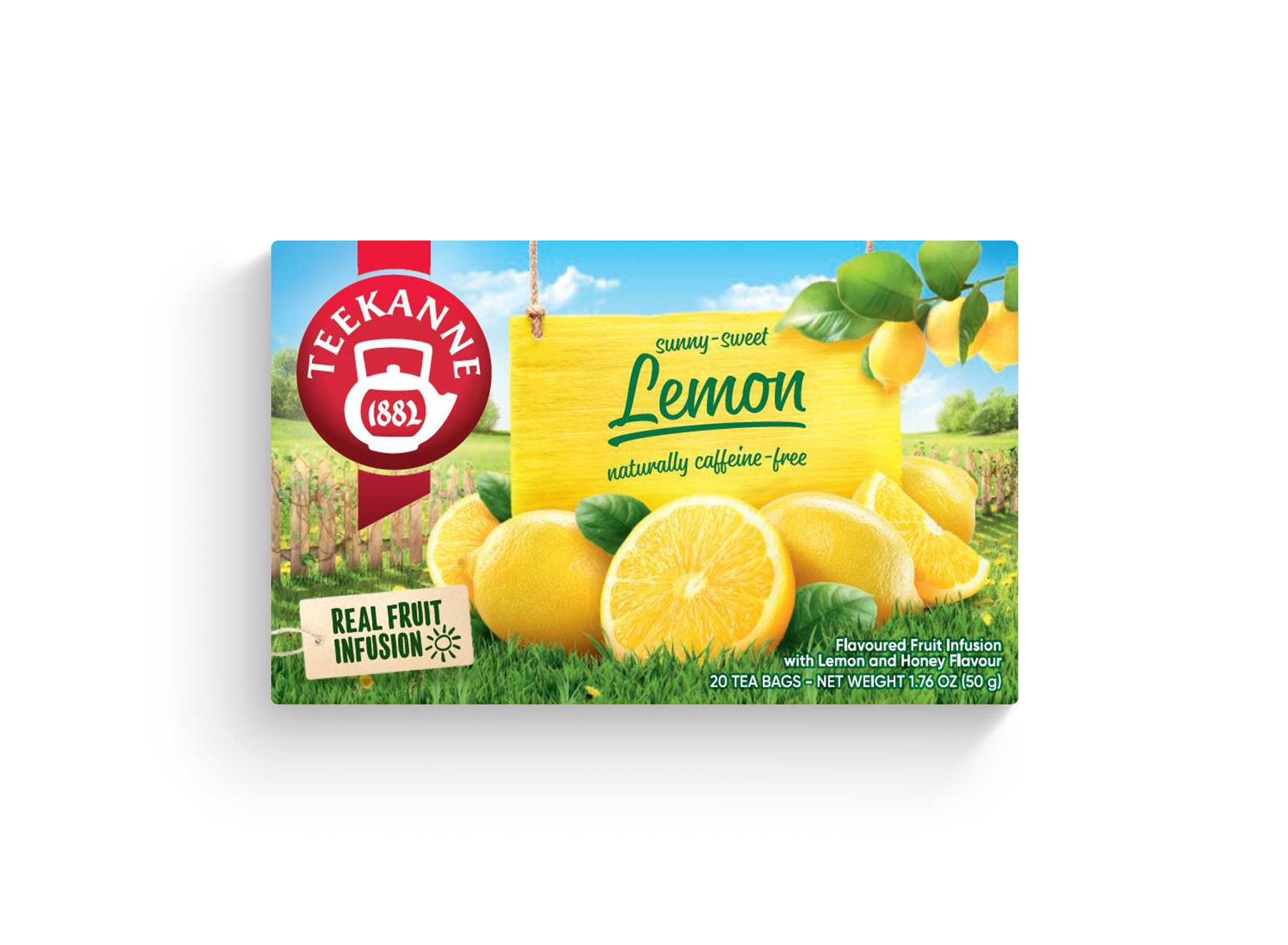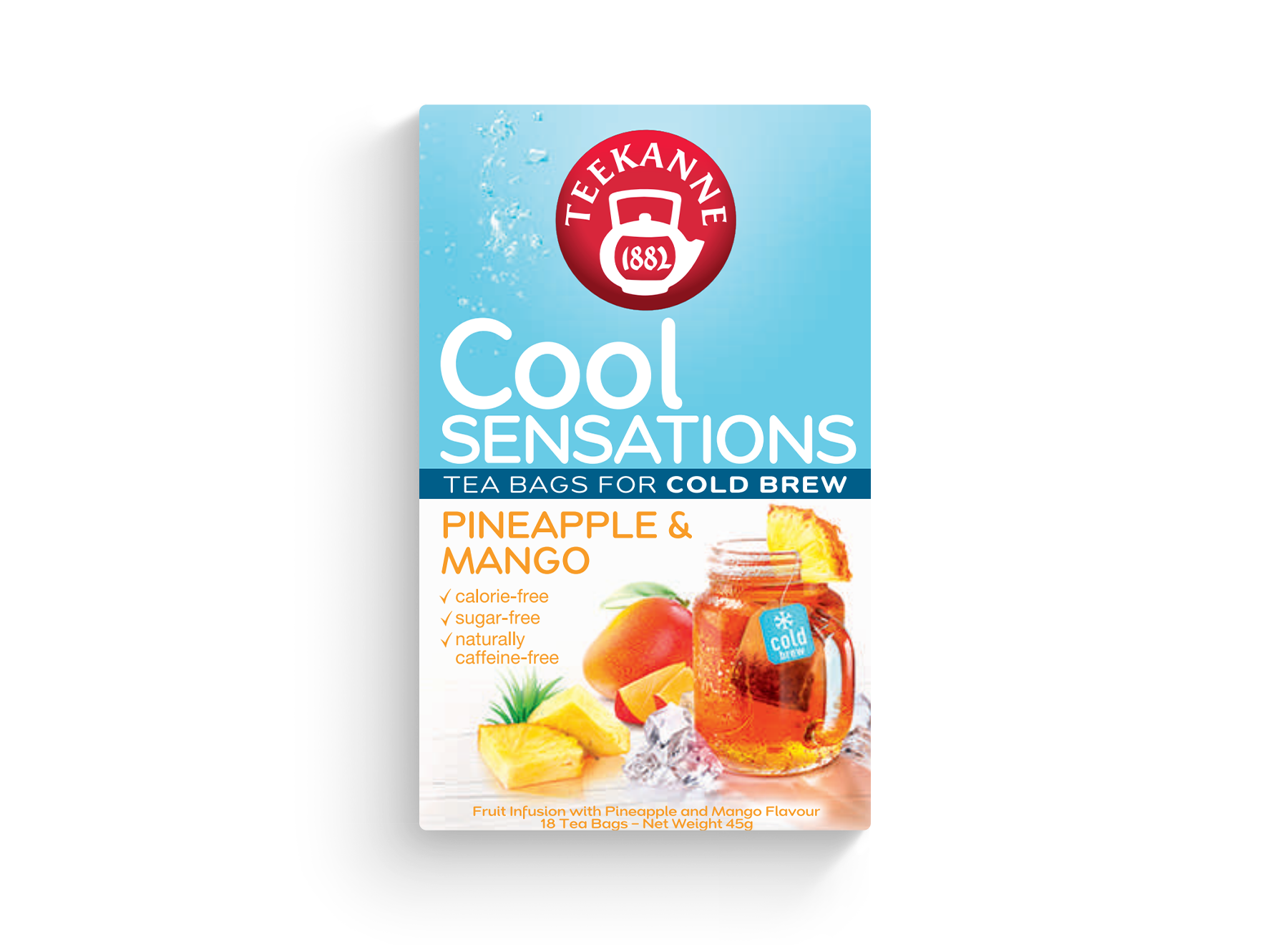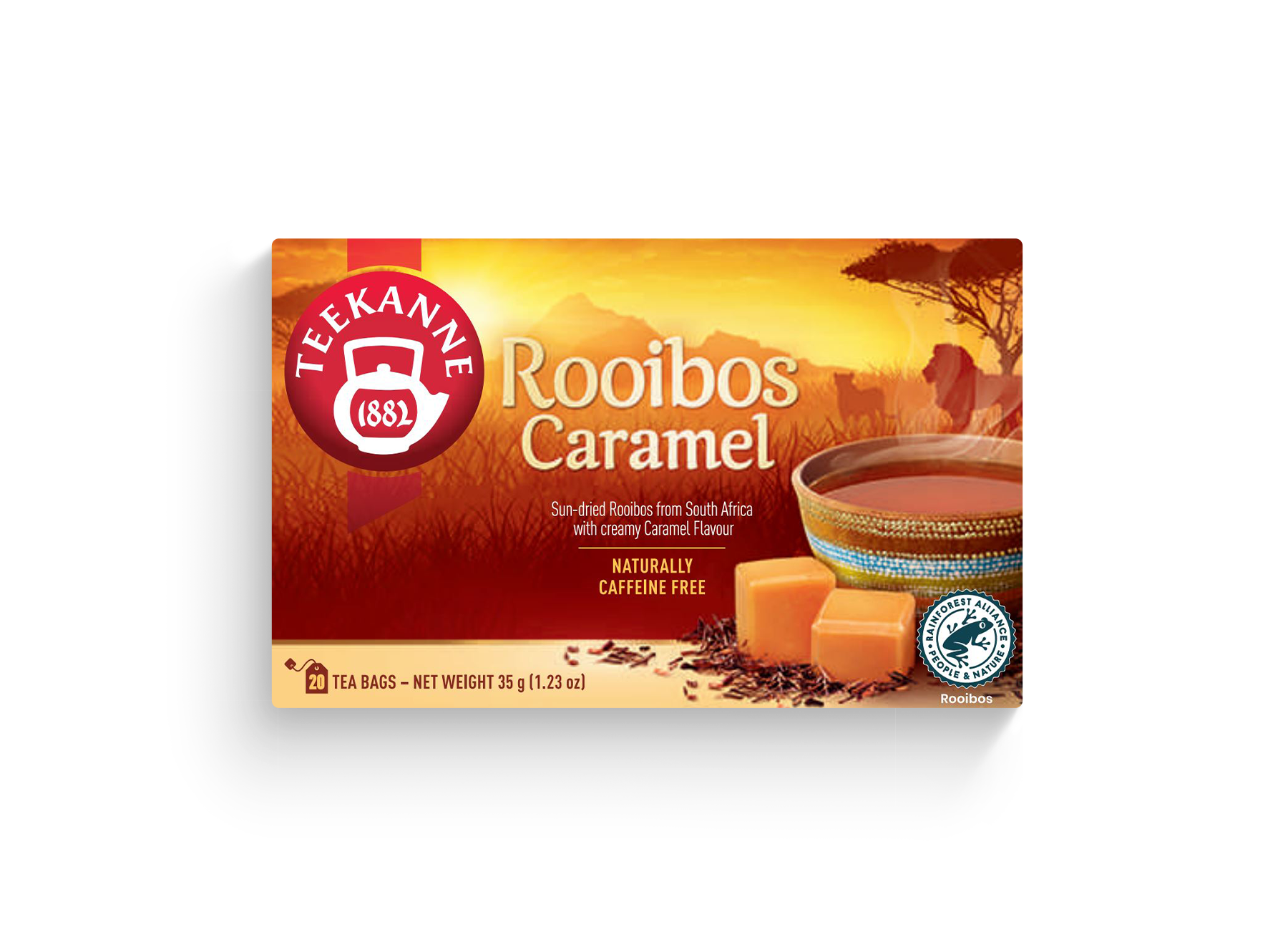Frequently Asked Questions
The name East Frisian tea does not mean that the tea is grown in East Frisia; the harsh climate there is completely unsuitable for growing tea. Rather, it is a designation for a particular flavour that is very popular in East Frisia.
The basis of an East Frisian tea blend is the strong, balanced, malty Assam tea, which, depending on the recipe, is refined and rounded off by high-quality Darjeeling, Ceylon, Java or Sumatra varieties. The East Frisians prefer to drink their tea with Kluntjes (rock candy) and Rohm (cream).
This popular flavoured black tea is named after Earl Grey of Howick Hall, who was Prime Minister in Britain under King William IV in the early 19th century. The fine aroma of Earl Grey tea comes from oil of the citrus fruit bergamot (citrus bergamia).
There are many legends surrounding the name. The most plausible one is the following: In his capacity as prime minister, Earl Grey sent a messenger on a diplomatic mission to China. This messenger happened to save the life of a Chinese mandarin (a mandarin is a senior Chinese bureaucrat), who sent Earl Grey a wonderful tasting, flavoured tea to England out of gratitude. This tea was flavoured with bergamot oil. Earl Grey was delighted because of the pleasant taste and ordered only this tea from his tea merchant from then on. In the course of time, this tea was eventually named after its first “lover”. Today, Earl Grey tea is one of the world’s most popular blends.
The English blend exists mainly outside England. Blends of this kind contain teas of different origins and, with their strong flavour, are typical of the majority of teas consumed in England. Milk and sugar go well with the English blend.
Russian tea is also called caravan tea. In the past, this was the name given to tea that came from China and arrived in Europe via Russia on the backs of camels. Today, Russian tea is available as a “Russian blend”. It has a slightly smoky taste.
The addition “Orange Pekoe” indicates the leaf grade of the tea, i.e. it is a leaf size designation for tea. Orange Pekoe refers to a long wiry leaf. The word “orange” is said to go back to Oranien, the Dutch royal house, and to mean “royal” in tea. Another interpretation comes from the Malaysian “orang” meaning “big”.
Green and black tea do not differ in origin, both come from the same tea plant. The difference comes from the manufacturing process. Black tea, in contrast to green tea, undergoes a fermentation process.
Our product TEEKANNE Fennel is a natural product. Apart from the fennel fruits, no other ingredients are included (mono-product).
Rooibos tea or Massai tea is made from the fermented young shoots and needle-like leaves of the plant Aspalathus linearis, which is native to South Africa. Rooibos belongs to the family offamily (Leguminosae) and grows shrub-like between 50 and 200 centimetres high.
Before fermentation, the leaves and twig tips are cut into pieces about 0.5 centimetres long, moistened with water, crushed and left to ferment in layers 10-15 centimetres high for 8-24 hours.
During this process, aromatic substances are formed and the leaves turn from green to reddish brown, the typical redbush tea colour. They are then dried in the sun within one to three days.
Unlike black or green tea, Rooibos tea does not naturally contain caffeine.
Adding small amounts of milk or cream intensifies the taste of the tea and at the same time reduces the astringent properties of the tea ingredients.
The English add some “cream” with about 8-10% fat to the tea, in East Frisia cream is preferred. Whole milk (UHT or fresh milk) and condensed milk are now also used. Ultimately, personal taste should decide on the use. Of course, this also applies to the amount of milk or cream added, so no general recommendation can be made. A cup portion of condensed milk, which is often available in cafés with black tea, can serve as a guide.
In addition to the quality and quantity of the tea, good water and an appropriate brewing time are the indispensable basics for an aromatic cup of tea.
Start by preheating your pot or cup (fill your pot or cup with hot water and let it sit in it for a moment).
A tip: Use only fresh, cold water. If you don’t have good tap water, you can use filtered water or bottled (still) water. Never use hot water from the tap. Open the tap for a few seconds until the water is really cold. Then it is very rich in oxygen and allows the tea to develop its full aroma.
Bring the water to a bubbling boil. Boiling for a little longer helps to soften the water. But be careful not to “boil the water to death”, otherwise it will lose its oxygen and the tea will become bland. Pour the still bubbling water over the tea leaves.
As the caffeine and tannins in the tea develop their maximum effect after different infusion times, an infusion time of 3 to about 5 minutes is optimal (for green teas, the water should be somewhat colder and only infuse for three minutes) before you serve the tea hot.
Iced tea is a delicious refreshing drink – not a cold tea! Simply make the tea three times strong and add lemon juice and sugar or honey to taste. Pour the still hot tea into glasses filled 2/3 full with ice cubes and stir vigorously.
The film that settles on the rim of the cup when the tea cools and clouds the tea is called “tea cream” and is caused by the formation of complex compounds of caffeine, polyphenols, proteins, calcium and magnesium salts, the so-called hardness formers of water. Due to the influence of atmospheric oxygen, larger compounds accumulate which eventually can no longer be kept in solution and precipitate. The harder the water (i.e. the more calcium and magnesium salts it contains), the stronger the complex formation. By using water filters that soften the water, the formation of the brownish coating is reduced.
Another way to soften very hard water is to boil the water for 2-3 minutes longer. This makes the lime (calcium carbonate) dissolved in the water insoluble and deposits it at the bottom as so-called scale.
You can find out the water hardness in your region from your local water company.
There is no need to fear any adverse effects on taste or health.
Patina builds up in the teapot after prolonged use. The patina does not affect the taste of the tea and does not need to be removed. The teapot should only be rinsed with hot water before and after use. Dishwashing liquids should never be used in the teapot.
Tea should always be stored in well-sealed containers, cool and absolutely dry. Tea caddies made of metal (tinplate), brown glass or porcelain as well as coated, opaque tea bags are suitable for this purpose. Plastic containers are not so suitable. All containers should be used exclusively for tea so as not to impair the fine aroma of the tea.
A British tradition that is experiencing a renaissance today. High tea is afternoon tea and more – savoury sandwiches, petit fours, fruit tarts and of course tea. High tea is not only about drinking, but also about eating.
The herbs and other raw materials used for tea – e.g. camomile or peppermint – do not contain pyrrolizidine alkaloids (abbreviated PA).
PAs are natural plant constituents that occur in weeds and unintentionally end up in food. In addition to tea, they have also been found in honey, milk, eggs, cereals, vegetables and lettuce. PA-containing weeds are increasingly growing on public land and fallow land in the vicinity of the cultivation areas. Thus, the occurrence of PA can also be seen as a result of the deliberate reduction of weed control products. Due to the natural origin of PA, teas from organic as well as conventional cultivation can be equally affected.
After a new analysis method developed by the Federal Institute for Risk Assessment (BfR) made it possible to determine PA in teas for the first time in July 2013, minimising PA has top priority at TEEKANNE:
Since then, TEEKANNE has been using the BfR’s analysis method in its own laboratory for its tests.
TEEKANNE samples, raw materials and finished products from all over the world are thus continuously analysed for PA in order to exclude conspicuous batches.
TEEKANNE’s own cultivation and agricultural management and the purchasing department are in close contact with the growers in order to significantly reduce or eliminate the PA content directly in the source at harvest.
Thanks to these activities, the PA content in the herbal teas/teas has already been significantly reduced. TEEKANNE teas fall below the maximum levels recommended by the BfR even when consumed at very high levels.
All our herbal teas/teas are safe foods. In agreement with the BfR, we generally recommend paying attention to a varied diet and drinking a correspondingly varied diet.
We work directly and intensively with our suppliers in the various growing regions and also demand compliance with strict standards with regard to plant protection products. However, the climatic and structural conditions in the growing countries are very different, so unfortunately it is not possible to completely avoid the use of pesticides.
By examining every single incoming product in our state-of-the-art laboratory, we ensure that all the teas we process contain residues that are harmless to health. In doing so, we usually fall many times below the already strict limits set by the legislator for tea in the so-called Maximum Residue Level Ordinance (Rückstands-Höchstmengen-Verordnung). If a product does not meet our strict requirements, it is rejected.
TEEKANNE fruit teas often consist of a variety of different ingredients. Basic ingredients such as hibiscus, apples, rose hips and many more play a role. In addition, sweet blackberry leaves and / or sweet leaves are used to give the products a pleasant and natural sweetness and to support the respective taste (for example, the taste of wild berries). Since dried fruits unfortunately do not always give off enough flavour when brewed, we often achieve the flavour that gives the product its name (e.g. forest berry) mainly through flavourings. This is especially true in cases where the amounts of the eponymous fruit are small (sometimes less than 1%).








